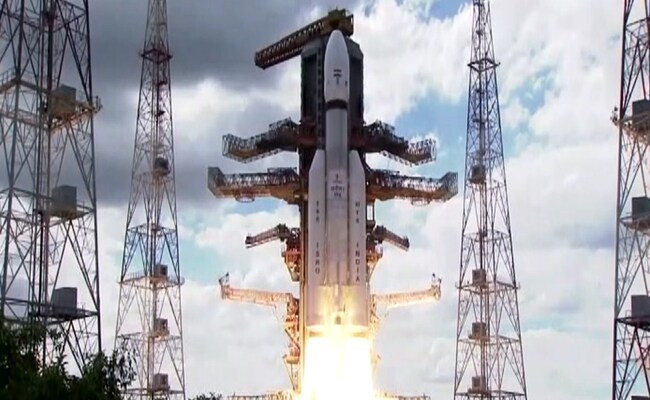India’s Chandrayaan-3 Heads To Moon, To Land In 40 Days
India’s Chandrayaan-3 lifted off from Sriharikota in Andhra Pradesh, carrying the hopes of an entire nation. If successful, the mission will make India the fourth country to achieve a controlled landing on the moon, after Russia, the United States, and China.
The moon lander Vikram is perched on a Mark 3 heavy-lift launch vehicle — dubbed the Bahubali rocket.
The journey from Earth to the moon for the spacecraft is estimated to take about a month and the landing is expected on August 23. Upon landing, it will operate for one lunar day, which is approximately 14 Earth days. One day on the Moon is equal to 14 days on Earth.
The Chandrayaan-3 will have three major components — a lander, a rover, and a propulsion model. It will be using the Orbiter from Chandrayaan-2 which still exists in the lunar atmosphere.
In a first, India’s mooncraft ‘Vikram’ will land in the South Pole of the moon, where water molecules have been found. The finding, made during India’s first moon mission in 2008, had startled the world.
Vikram is meant to have a safe, soft landing. The lander will then release the rover Pragyan, which will roam the moon’s surface for a lunar day — equal to 14 earth days — and conduct scientific experiments.

